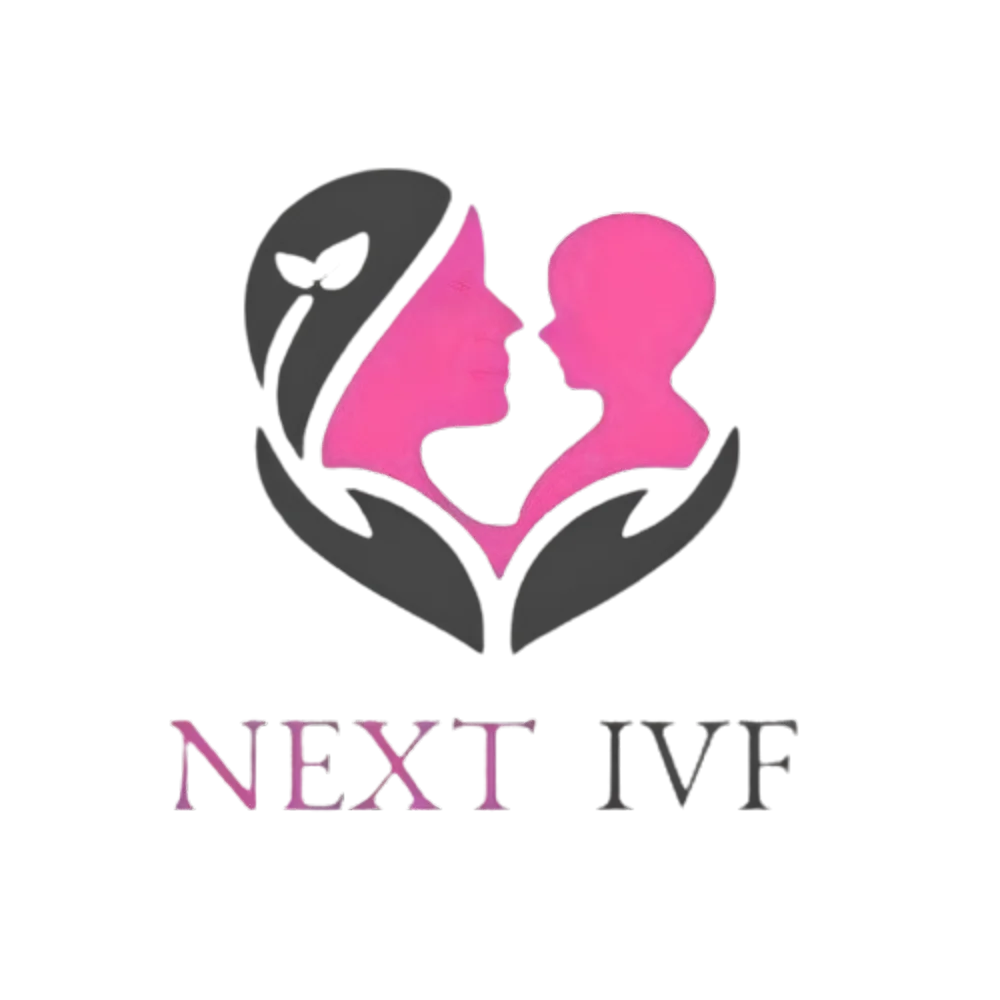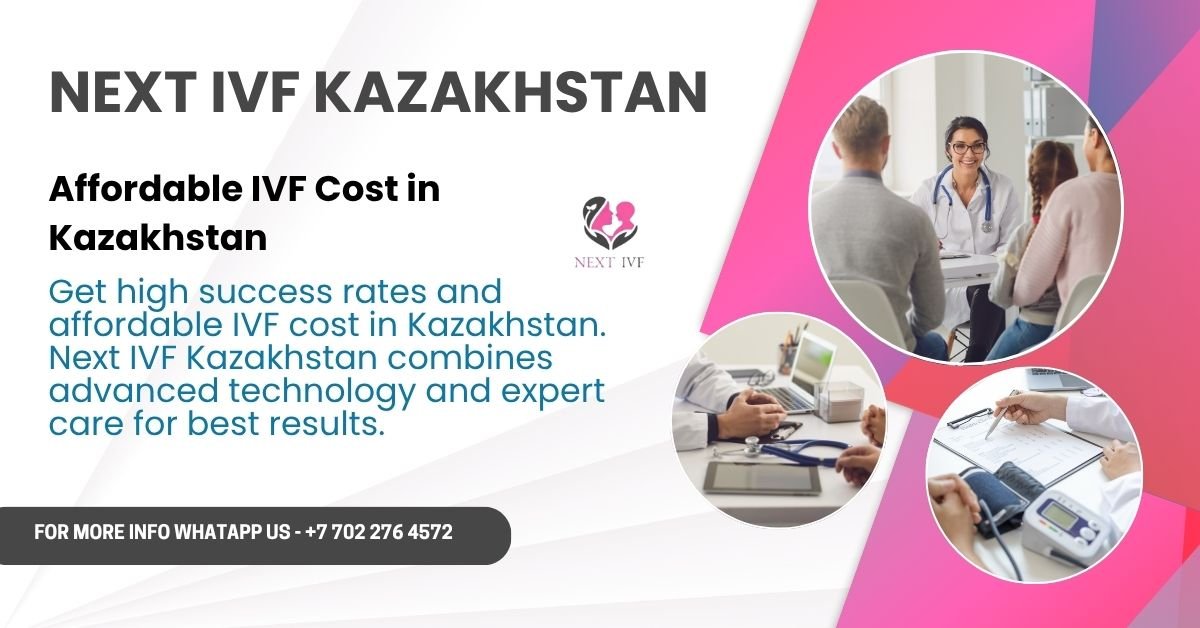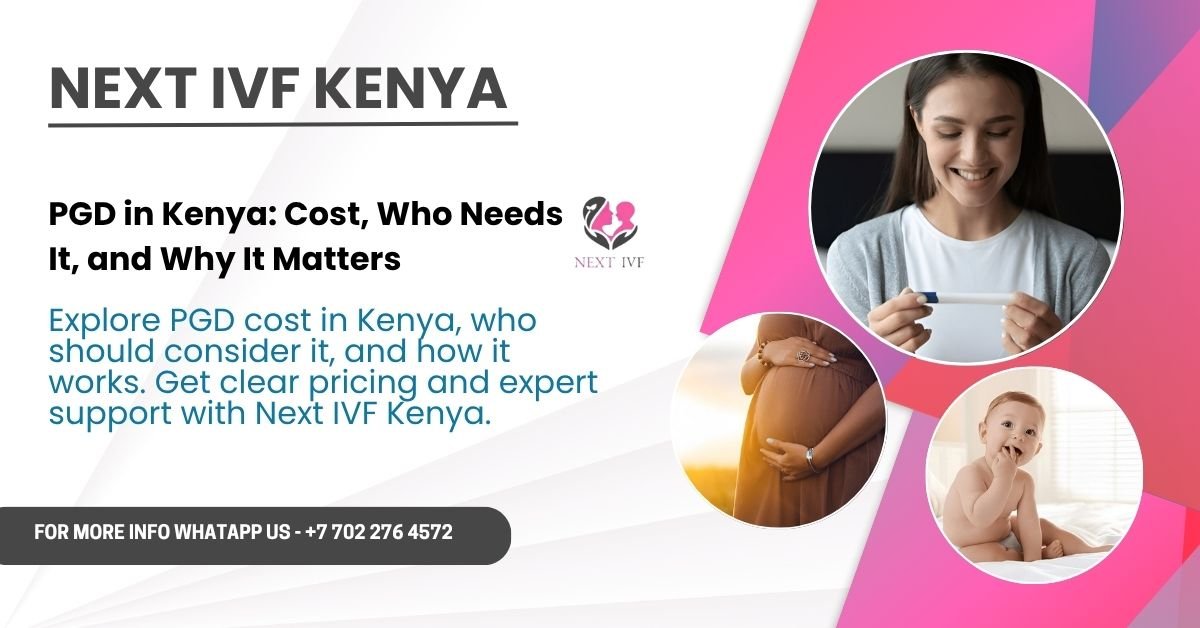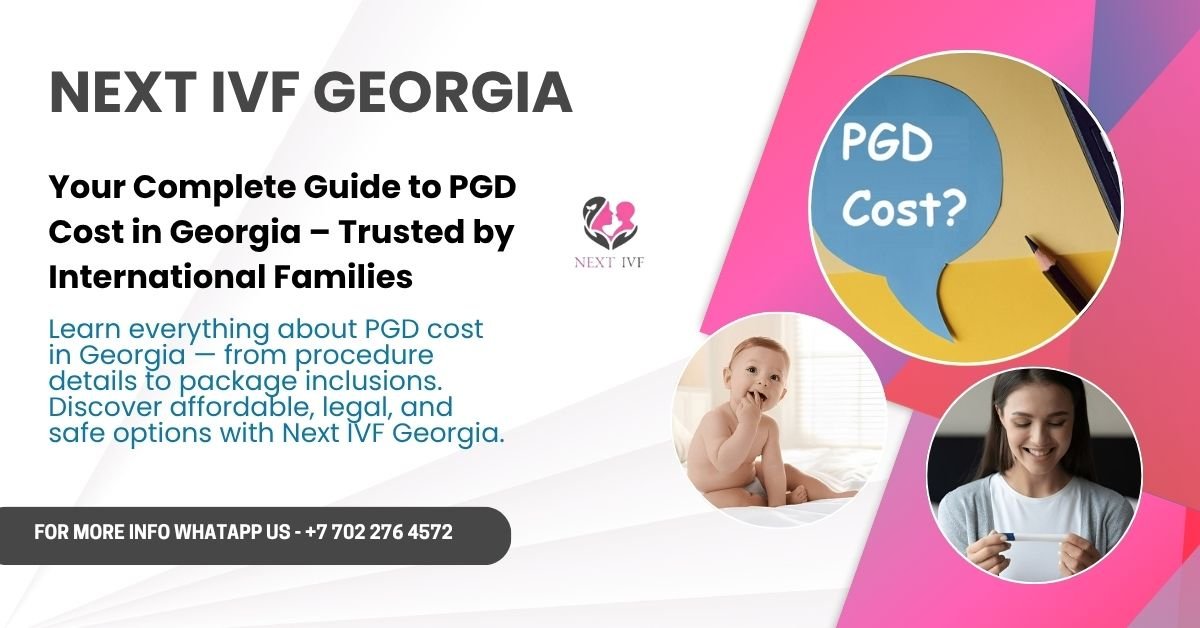How Much Does PGD Cost in Nepal?
When it comes to starting a family, every couple dreams of having a healthy baby. However, some face genetic challenges that might affect the health of their future child. This is where advanced fertility treatments like Preimplantation Genetic Diagnosis (PGD) come into play. PGD is a method used alongside IVF (In Vitro Fertilization) to screen embryos for genetic abnormalities before they are implanted in the uterus. This ensures that only genetically healthy embryos are chosen for pregnancy, significantly increasing the chances of a healthy baby and reducing the risk of inherited diseases.
In recent years, Nepal has emerged as a promising destination for fertility treatments, including PGD. With high-quality medical care, internationally trained doctors, and advanced labs, more couples from around the world are choosing Nepal for their fertility journey. One of the major reasons for this growing popularity is the affordable PGD cost in Nepal, which is much lower compared to countries like the USA, UK, or Australia.
In this article, we will walk you through everything you need to know about PGD in Nepal: what it is, how it works, what affects its cost, and why Nepal is becoming a top choice for PGD treatment. Let’s dive in!
What is PGD?

Preimplantation Genetic Diagnosis (PGD) is a technique used during IVF to examine embryos for genetic disorders. It is particularly helpful for couples who have a known history of genetic diseases or who have experienced repeated miscarriages due to chromosomal abnormalities. PGD helps doctors select the healthiest embryo, improving the chance of a successful pregnancy.
During PGD, a few cells are taken from the embryo on the third or fifth day after fertilization. These cells are then analyzed in a lab to check for specific genetic conditions such as cystic fibrosis, Tay-Sachs disease, sickle cell anemia, or chromosomal issues like Down syndrome. Only the embryos that are free from the identified genetic disorders are implanted into the uterus.
PGD is not only a preventive tool but also a source of hope for many couples. It provides reassurance and reduces the emotional and financial burden of repeated IVF cycles or potential pregnancy termination due to severe abnormalities.
PGD Procedure Step-by-Step
Understanding the PGD process can help patients prepare emotionally, physically, and financially. Here is a step-by-step breakdown:
- Initial Consultation: The fertility journey begins with a consultation where the couple discusses their medical history and undergoes diagnostic tests. If there is a known genetic risk, PGD is recommended alongside IVF.
- Ovarian Stimulation: The female partner receives hormone injections for 10–12 days to stimulate the ovaries to produce multiple eggs. Regular ultrasounds and blood tests are done to monitor the growth of follicles.
- Egg Retrieval: When the follicles are mature, eggs are retrieved through a minor surgical procedure under light sedation.
- Fertilization: The retrieved eggs are fertilized with the partner’s (or donor’s) sperm in a lab using the IVF or ICSI technique.
- Embryo Biopsy: On day 3 or 5 of embryo development, a few cells are carefully removed from each embryo. This does not harm the embryo.
- Genetic Testing: The biopsied cells are tested for specific genetic or chromosomal conditions in a specialized lab.
- Embryo Transfer: Only the embryos that are found to be genetically normal are selected for transfer into the uterus. One or two embryos are usually transferred to increase the chances of pregnancy.
- Pregnancy Test: After about 10–14 days, a blood test is done to confirm pregnancy.
This entire process takes about 3–4 weeks and is handled with utmost care by experienced fertility specialists.
PGD Cost in Nepal

The PGD cost in Nepal is relatively affordable, especially when compared to countries like the USA, UK, Australia, or Canada. On average, the cost of PGD in Nepal ranges between NPR 3,50,000 to NPR 6,00,000 per cycle. This price includes the IVF procedure as well as the genetic screening process.
However, the exact cost can vary based on the following:
- The number of embryos tested
- Type of genetic condition screened
- Clinic reputation and doctor’s expertise
- Whether additional services like donor sperm/eggs or embryo freezing are required
Some high-end clinics may charge slightly more due to the use of advanced technologies, international lab certifications, and expert embryologists. Despite this, even the higher range of PGD cost in Nepal is still more economical than the same procedure in many developed nations.
It’s important to discuss in advance what is included in the cost package. Some clinics provide comprehensive packages that cover consultations, medications, lab work, embryo freezing, and follow-up care, while others may charge separately.
Patients are encouraged to ask for a detailed cost breakdown and choose a clinic that provides transparent pricing. Additionally, payment options or financial assistance programs may be available for international patients or couples undergoing multiple cycles.
Factors Affecting PGD Cost in Nepal
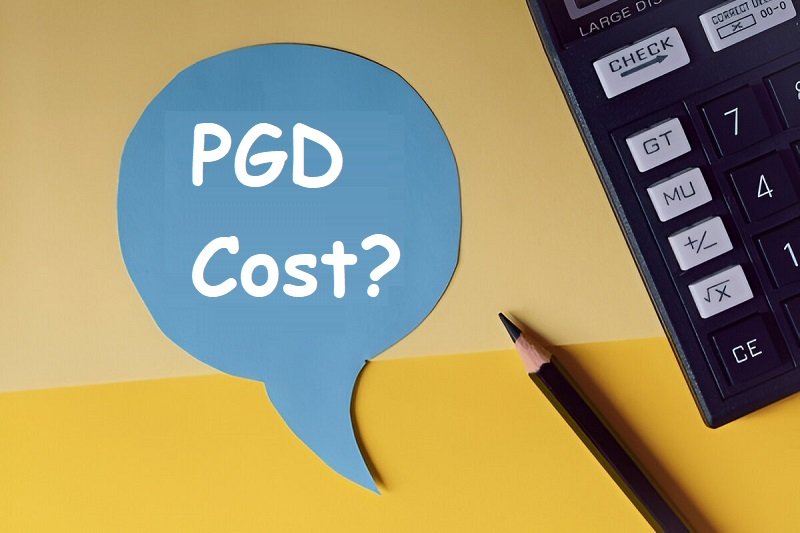
Several elements influence the final PGD cost in Nepal, making it important to understand each one in detail:
- Number of Embryos Tested: The more embryos that need to be screened, the higher the overall cost. Each embryo requires individual genetic analysis, which adds to lab expenses.
- Type of Genetic Testing: PGD can test for single-gene disorders (PGT-M), chromosomal abnormalities (PGT-A), or structural rearrangements (PGT-SR). Each type varies in complexity and cost. Testing for specific genetic conditions like Thalassemia may be less expensive than broader chromosome screening.
- Clinic Reputation and Location: Well-known fertility centres in Kathmandu or Pokhara with high success rates and modern labs may charge more. However, they often offer better care, facilities, and higher accuracy in results.
- Advanced Technologies Used: Clinics using techniques like Next-Generation Sequencing (NGS) or laser-assisted embryo biopsy might have slightly higher costs but provide more accurate outcomes.
- Additional Services Required: If donor sperm or eggs are used, or if embryos are frozen for future use, these will add to the total bill. Similarly, advanced consultations with genetic counselors may involve separate charges.
Understanding these factors allows couples to plan their budget better and avoid surprise expenses.
Why Choose Nepal for PGD?
Nepal is increasingly becoming a preferred destination for PGD and IVF treatments due to a unique combination of benefits:
- Affordability: The biggest reason why couples from around the world choose Nepal is the affordable PGD cost in Nepal. You can receive world-class fertility care at a fraction of the price you would pay in countries like the US or the UK.
- Internationally Trained Specialists: Many fertility doctors in Nepal have received training or certifications from abroad. This means they follow global standards while offering personalized care.
- Modern Infrastructure: Fertility clinics in cities like Kathmandu, Lalitpur, and Pokhara are equipped with cutting-edge labs, advanced genetic testing technologies, and high success rates.
- Shorter Waiting Times: Compared to clinics in developed countries that have long waiting lists, Nepal clinics often offer quicker scheduling and faster access to PGD services.
- Support for International Patients: Top fertility clinics in Nepal provide assistance with travel, visa, accommodation, translation services, and remote consultations.
- Cultural Sensitivity and Hospitality: Nepal is known for its warm hospitality, making patients feel welcome, respected, and emotionally supported throughout their fertility journey.
All these factors combined make Nepal not just an affordable option, but also a caring and high-quality choice for couples seeking PGD treatment.
Success Rate of PGD in Nepal

The success rate of PGD largely depends on the woman’s age, embryo quality, and the lab’s experience. In Nepal, good fertility clinics using PGD report pregnancy success rates of 60% to 75% per embryo transfer, which is on par with global standards.
Why trust Next IVF Nepal?
Struggling with infertility can be emotionally and physically challenging, but you don’t have to face it alone. At Next IVF Nepal , we combine advanced science with genuine care and compassion to help you realize your dream of becoming a mom and dad.
Our centre is dedicated to supporting every couple with personalized fertility solutions tailored to your unique needs. We understand how deeply you desire to start or expand your family, and that’s why our expert team, including IVF specialists, gynecologists, embryologists, and supportive staff, stands by your side every step of the way.
Why choose Next IVF Nepal as your trusted fertility partner?
- Comprehensive treatments: From IVF, IUI, and frozen embryo transfer to ovum and semen donation, laparoscopy, ICSI, PGD, and male infertility care, we offer the full spectrum of cutting-edge fertility services.
- High success rates: Our proven protocols and experienced specialists maximise your chances of success.
- Affordable care: Quality fertility treatment should be accessible to all. We provide world-class solutions at pocket-friendly prices without compromising on care or outcomes.
Don’t wait any longer to begin your journey toward parenthood. Contact Next IVF Nepal today at +91 7827636596 or email us at info@nextivf.com. Together, we’ll make your dream of having a family a beautiful reality.
Conclusion
Choosing PGD is a life-changing decision, especially for couples at risk of passing on genetic conditions. It offers hope, clarity, and a chance to start a family with confidence. Thanks to medical advancements and dedicated fertility centres, PGD is now more accessible than ever in countries like Nepal.
The PGD cost in Nepal is significantly lower compared to other parts of the world, making it a smart choice for both local and international patients. With top-notch clinics, skilled specialists, and compassionate care, Nepal has become a trusted name in the field of fertility treatments.
Whether you’re just beginning to explore your options or are ready to take the next step, PGD in Nepal offers a balance of affordability, technology, and emotional support that every couple deserves on their fertility journey.
FAQs (Frequently Asked Questions)
Who should consider PGD in Nepal?
Couples with a family history of genetic disorders, repeated miscarriages, or failed IVF cycles should consider PGD.
Is PGD safe for the embryo?
Yes, PGD is a safe and commonly used technique. Only a few cells are taken from the embryo without harming its development.
How long does PGD take?
The PGD process, combined with IVF, usually takes 3 to 4 weeks to complete.
Can international patients do PGD in Nepal?
Absolutely. Many fertility centres in Nepal cater to international patients and offer support with travel, accommodation, and consultations.
Does PGD guarantee a healthy baby?
While PGD significantly reduces the risk of genetic disorders, it cannot guarantee a completely problem-free pregnancy or child. It does increase the chances of a healthy baby.
How do I choose the right clinic for PGD in Nepal?
Look for clinics with experienced specialists, modern labs, transparent pricing, and positive patient reviews.
Read Also:
